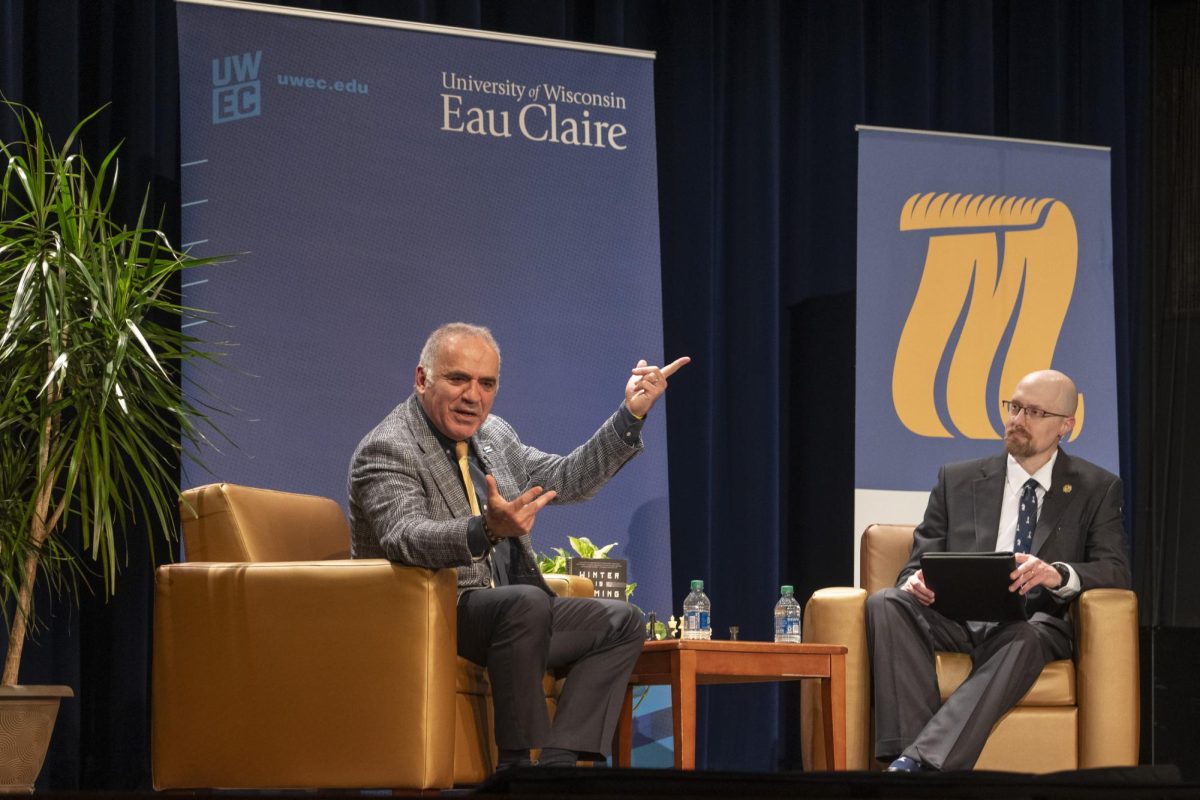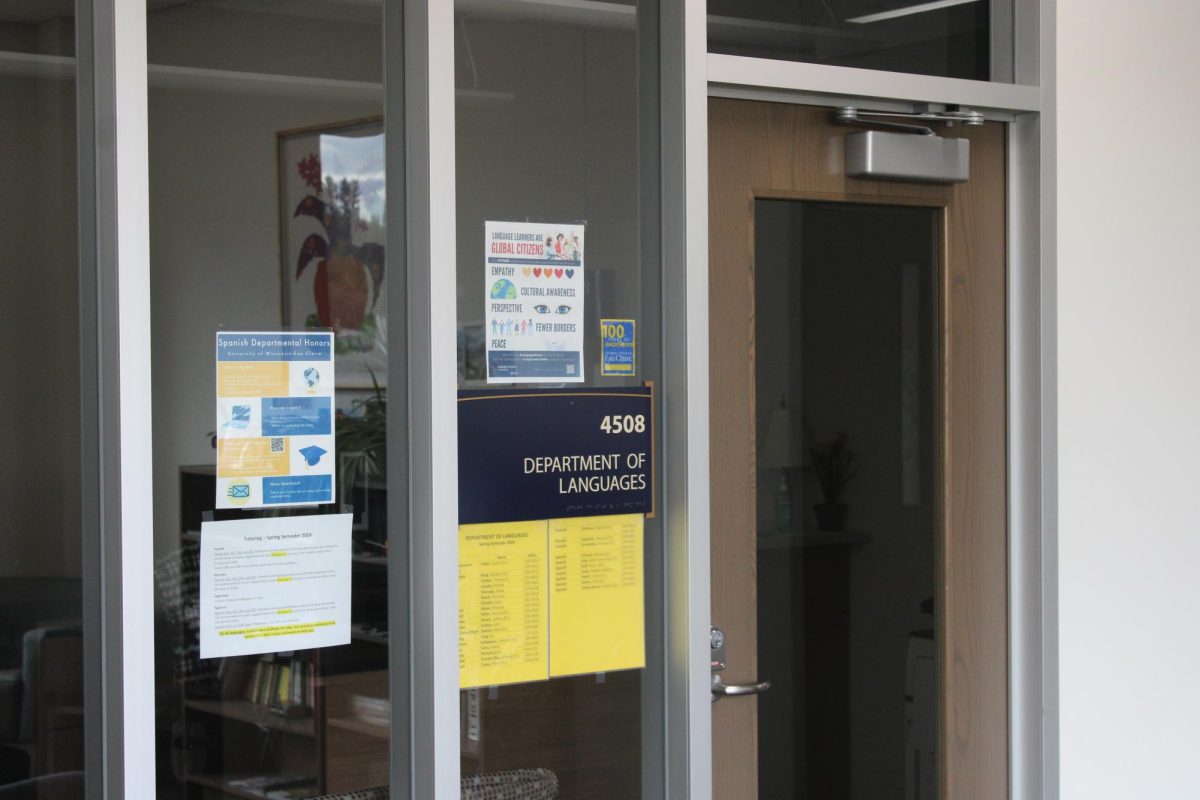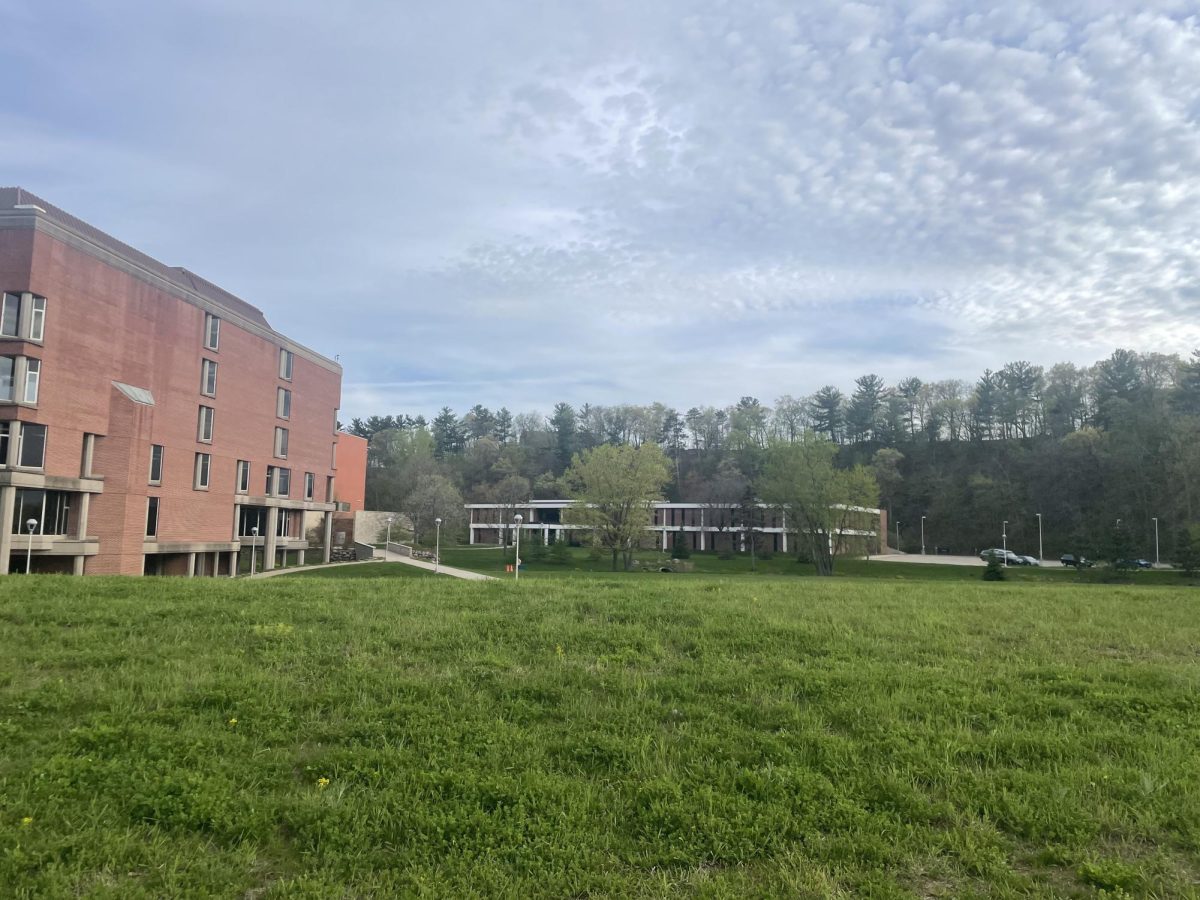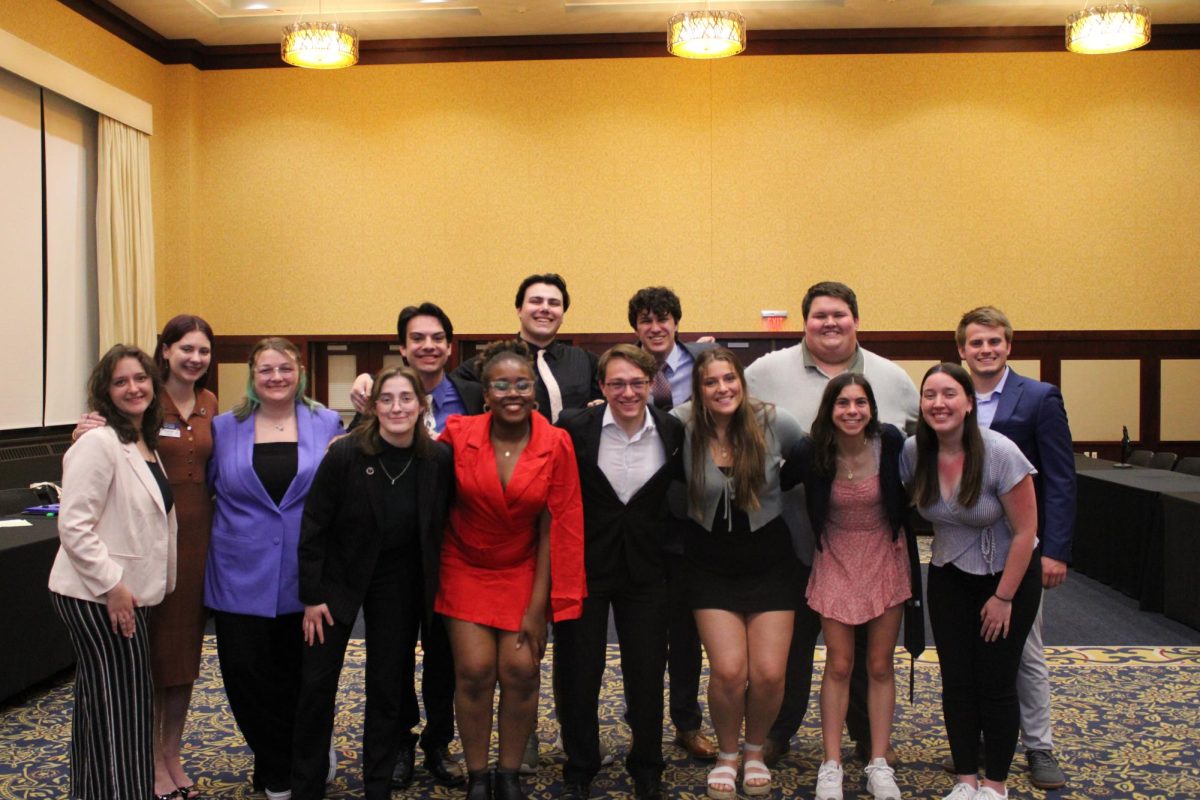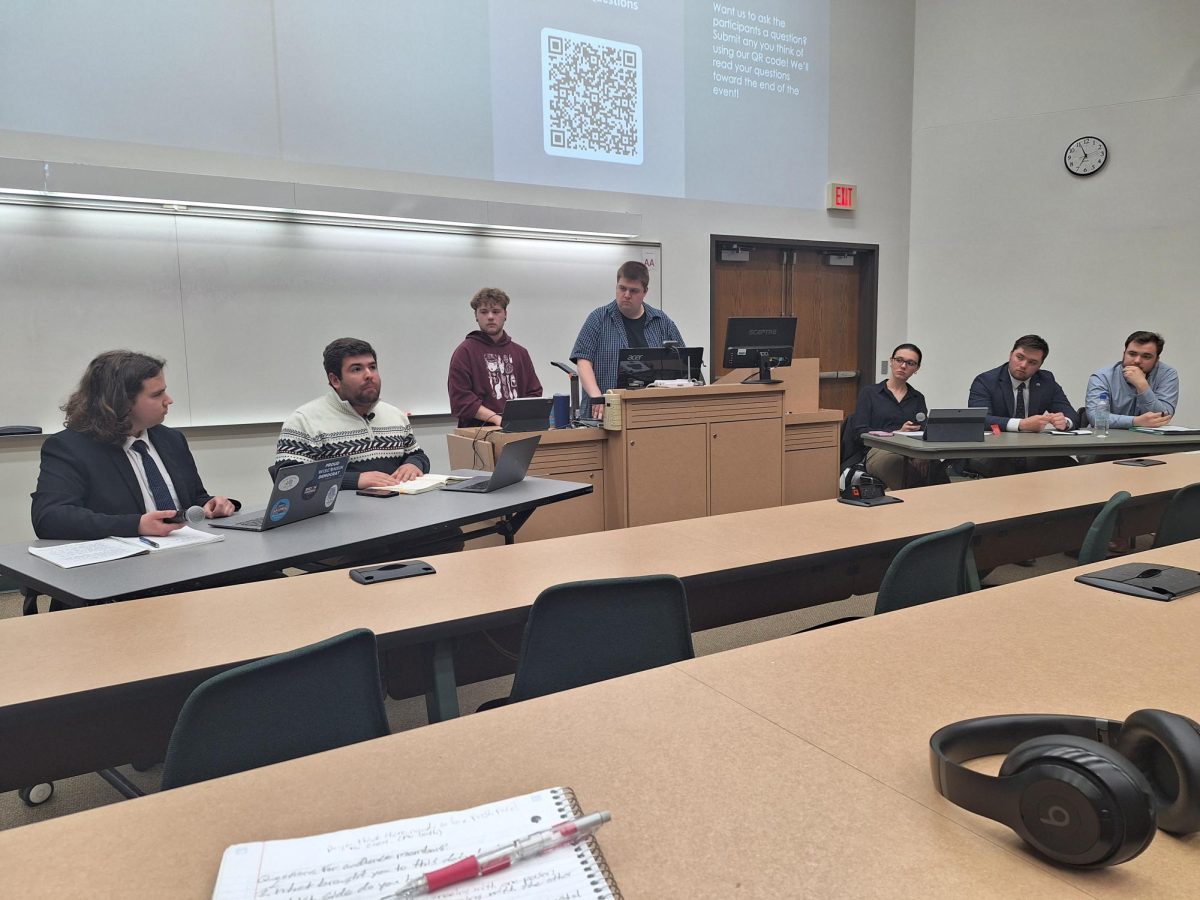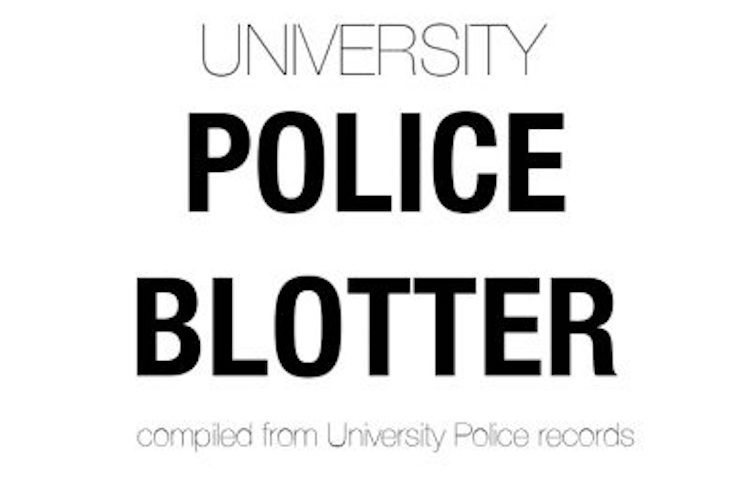Across campus, a multitude of door decorations go on and off doors. They change with the seasons and semesters, but a few doors hold something that lasts.
It’s visible on the dreary and plain doors: a rainbow rectangle with the words “Safe Space” in the middle.
This sign lasts because it is not just a trend, but more of a message — the room you’re standing outside of has someone in it that is safe space trained.
Safe Space training, a program from the Affirmative Action Office, is designed to empower faculty, staff and students to make campus “more inclusive by interrupting bias and stereotypes,” Safe Space Facilitator Jory Catalpa said.
“There has been Safe Space training on campus before, but it was one time only. Our training has been ongoing and more than one time,” safe space Trainer Quay Catalpa said. “This is a much more long-term kind of program that has the potential to continue on.”
The program is directed by Jory Catalpa, who was hired to take over a once-defunct Safe Space program. Training sessions, Jory and Quay Catalpa said, can be walk-ins offered by Safe Space or pre-planned meetings for groups, student organizations, classes and now the Eau Claire community.
Jory Catalpa, who has trained university police and resident assistants, said group sizes vary from 10 to 60, based on who requested the training.
“Since the thing has started … there’s probably close to 400 students who’ve been trained,” she said.
The Catalpas, who have been married since January 2011 and are two of the 12 trainers, said the program is centered towards LBGT communities, but extends to other facets as well.
“We talk about privilege and other ‘isms’ as well — racism, able-ism, classism, heteroecism and sexism are the main five,” Jory Catalpa said. “Being an ally requires you to set down your privilege — and some people aren’t willing (or don’t know how to) set that down.
Sophomore Alyssa Montez attended the Oct.17 training session after hearing a friend talk about wanting to get Safe Space trained.
“I’d seen the stickers before, but I had no idea what they were about,” Montez said. “Then, I was like, ‘You know what? This sounds like a good idea,’ because I wished someone would have been there for me back in high school for this kind of a thing.”
Montez said a factor which led to her training was when she discovered she was the only openly bisexual student on her dormitory’s floor. She said that there wasn’t always someone to talk to on her floor.
“A lot of people just need someone to talk to about stuff that they don’t necessarily feel comfortable calling home about or talking to just going to see a counselor, just something small you know? It’s something we can help them through with our safe space training,” she said.
The process of Safe Space training takes only two hours and is free by contacting the Safe Space email, [email protected], or by contacting the Affirmative Action office.
When a session is attended, all participants begin by receiving an informational packet. They then sign a “Safe Space agreement,” which says that they are willing to stick to the open environment and respect others thoughts and ideas during training.
After the training (including discussion of derogatory vocabulary, scenarios and group discussions and sharing), students can take a sticker or postcard that shows that the area behind that door is a safe space to talk.
Quay Catalpa added the overall goal of Safe Space is to improve the campus climate.
“One of the things LGB students feel on campus is isolation,” she said. “So having a reduction in that feeling of isolation or to help foster (inclusive environments) would definitely be a long term goal.”
Montez said she has no regrets about her training, and said she likes having the safe space flag on her door and that it was a “wonderful experience.”
“It’s not necessarily so that they can be someone to talk to. It’s not just about LGTBQ community, it’s about diversity all around,” she said. “A lot of it is trying to make the world a more comfortable place.”

